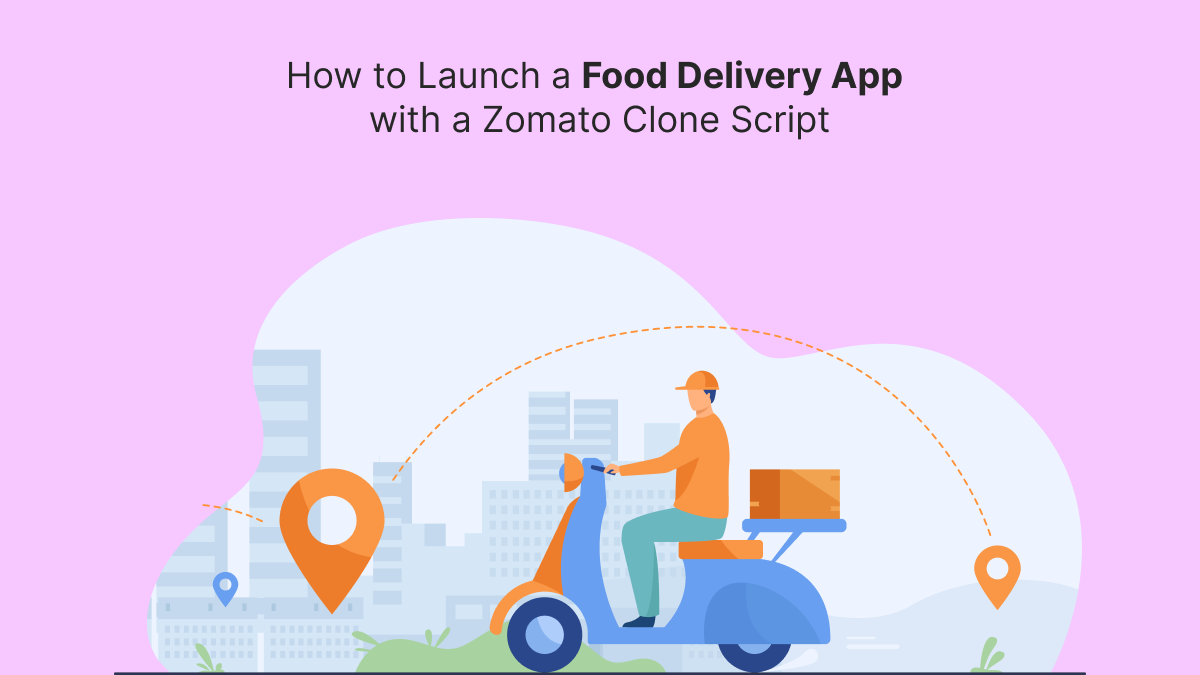
The food delivery market has grown rapidly in recent years. With changing lifestyles, people now prefer to order food online rather than dine out. This shift in consumer behavior has opened up massive opportunities for new businesses. If you're planning to enter the food delivery space, building a platform like Zomato can be a game-changer. However, developing such an app from scratch requires time, money, and technical resources. That’s where a Zomato clone script comes in. It allows entrepreneurs to quickly launch a feature-rich food delivery app with minimal effort. In this blog, we’ll guide you through the steps to launch your food delivery app using a Zomato clone script.
What Is a Zomato Clone Script?
A Zomato clone script is a pre-built app solution designed to function like the popular food delivery platform Zomato. It comes with essential features for customers, restaurants, delivery partners, and admins. This ready-made script can be easily customized with your brand name, logo, colors, and features, allowing you to go live in a much shorter time frame compared to building an app from scratch.
Why Choose a Zomato Clone Script?
Quick Launch
Instead of spending months developing a food delivery app, a clone script helps you launch your app in a few weeks. Most of the core functionalities are already built and tested.
Lower Costs
Developing a new app from scratch requires hiring a development team, which can be expensive. Clone scripts reduce these costs significantly by offering a ready-made base.
Customizable
Even though it's a clone, you can still customize the script. You can add unique features, change the look and feel, and create your own brand identity.

Steps to Launch a Food Delivery App Using a Zomato Clone Script
Step 1: Research Your Market
Before doing anything, study your target audience. Understand the food preferences, online ordering behavior, popular cuisines, and delivery expectations in your chosen location. This will help you shape your app to better serve local needs.
Step 2: Choose the Right Zomato Clone Script Provider
Many companies offer clone scripts, but not all are reliable. Look for a provider that offers:
A demo of the app
Full source code ownership
Easy customization
Technical support
Scalable technology
Make sure the script supports iOS, Android, and web platforms for maximum reach.
Step 3: Customize Your App
Once you purchase the script, start customizing it. Add your business name, logo, colors, and design preferences. You can also request custom features like loyalty programs, chat support, or contactless delivery.
Step 4: Set Up Restaurant and Delivery Partner Panels
Onboard restaurants by creating separate dashboards for them to manage their menus, prices, orders, and availability. Similarly, set up the delivery partner panel where riders can accept or reject orders, update delivery status, and view their earnings.
Step 5: Configure Admin Panel
As the owner, you’ll have full control through the admin panel. From here, you can manage users, view analytics, adjust commission rates, resolve disputes, and run promotional campaigns.
Step 6: Integrate Payment Gateways
Add multiple secure payment options like credit/debit cards, digital wallets, UPI, and cash on delivery. This helps increase convenience for your users and improves order completion rates.
Step 7: Test the App Thoroughly
Before launching, test the app for bugs, performance issues, and design errors. Make sure all user journeys—from ordering food to delivery tracking—are smooth. Test on both Android and iOS devices for consistency.
Step 8: Launch and Market Your App
Once your app is ready, launch it on the App Store. But don’t stop there—start marketing immediately. Use digital ads, social media, influencer partnerships, and local campaigns to create buzz. Offer discounts and referral programs to attract early users.
Read More: Cloud Kitchen & Food Delivery: How Zomato Clone Apps Fit the Future
Must-Have Features in Your Zomato Clone App
User App
Easy login and registration
Restaurant search and filters
Real-time order tracking
Secure payment options
Order history and repeat orders
Ratings and reviews
Restaurant App
Menu and pricing management
Order alerts and management
Daily earnings tracking
Profile management
Promotions and offers setup
Delivery Partner App
Live order assignments
Navigation and delivery status
Earning reports
In-app chat with users and restaurants
Admin Panel
Restaurant and user management
Commission setup and earnings tracking
Content and promo management
Data and performance analytics
Support ticket management
How to Monetize Your App
Once your platform is live, you can make money in several ways:
Charging restaurants a commission on each order
Offering premium placements and promotions
Delivery fee from customers
Running in-app ads or partnerships with food brands
Subscription packages for restaurants or users
Scaling Your Business
As your business grows, think about expanding to new locations. Hire more delivery agents, onboard more restaurants, and keep improving your customer service. You can also introduce additional features like grocery delivery or table booking to attract more users and increase profits.
Common Mistakes to Avoid
Launching without proper testing
Ignoring user feedback
Limiting payment options
Not marketing enough
Poor customer support
Avoiding these pitfalls can help your food delivery app succeed in the long run.
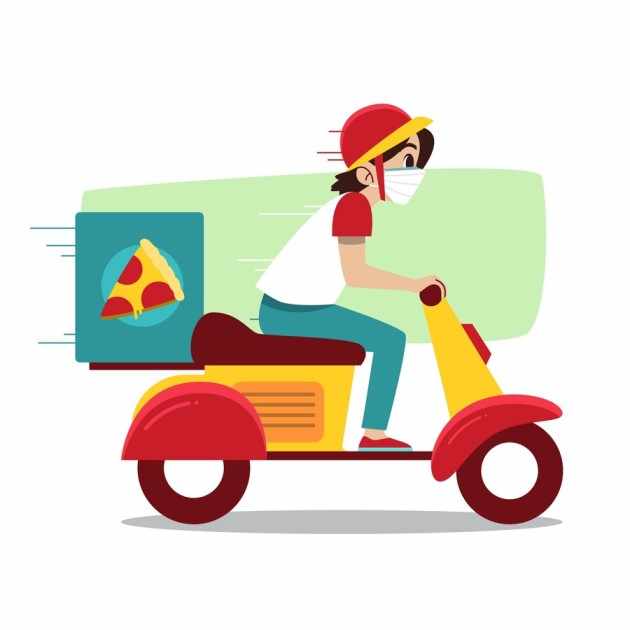
Conclusion
Launching a food delivery app using a Zomato clone script is a practical and cost-effective way to enter the on-demand food industry. It saves time, reduces development effort, and allows you to focus on building your brand and growing your user base. With the right approach and proper planning, you can create a successful food delivery app that caters to modern users' needs. To ensure smooth development and long-term scalability, it’s best to partner with a trusted clone app development company that understands the industry and offers full support from start to finish.
FAQs
What is the advantage of using a Zomato clone script?
It allows you to launch a fully functional food delivery app in less time and at a lower cost compared to developing from scratch.
Can I add custom features to the clone script?
Yes, most providers offer customization options where you can add new features, change the UI, and personalize it for your brand.
Is the clone script suitable for both iOS and Android?
Yes, most scripts are designed to support both platforms, along with a web panel for restaurants and admins.
How can I make money from the app?
You can earn through delivery fees, restaurant commissions, premium listings, and in-app promotions.
What kind of support do clone script providers offer?
Good providers offer installation, customization, bug fixing, and technical support to help you maintain the app efficiently.

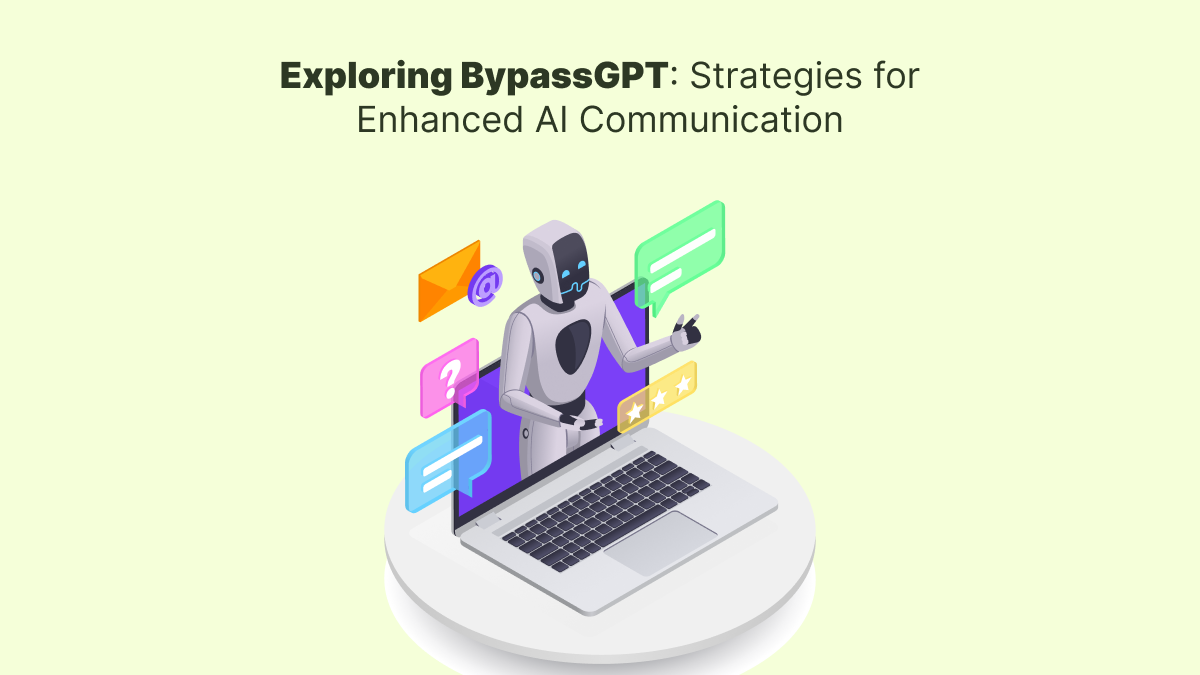
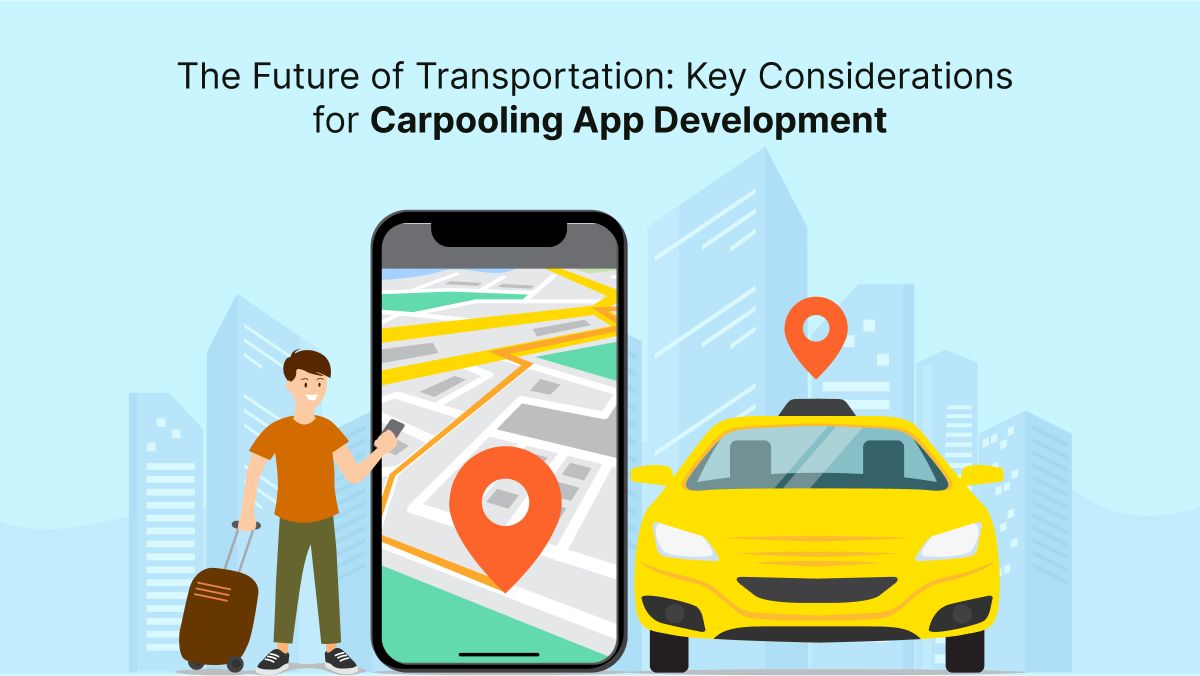
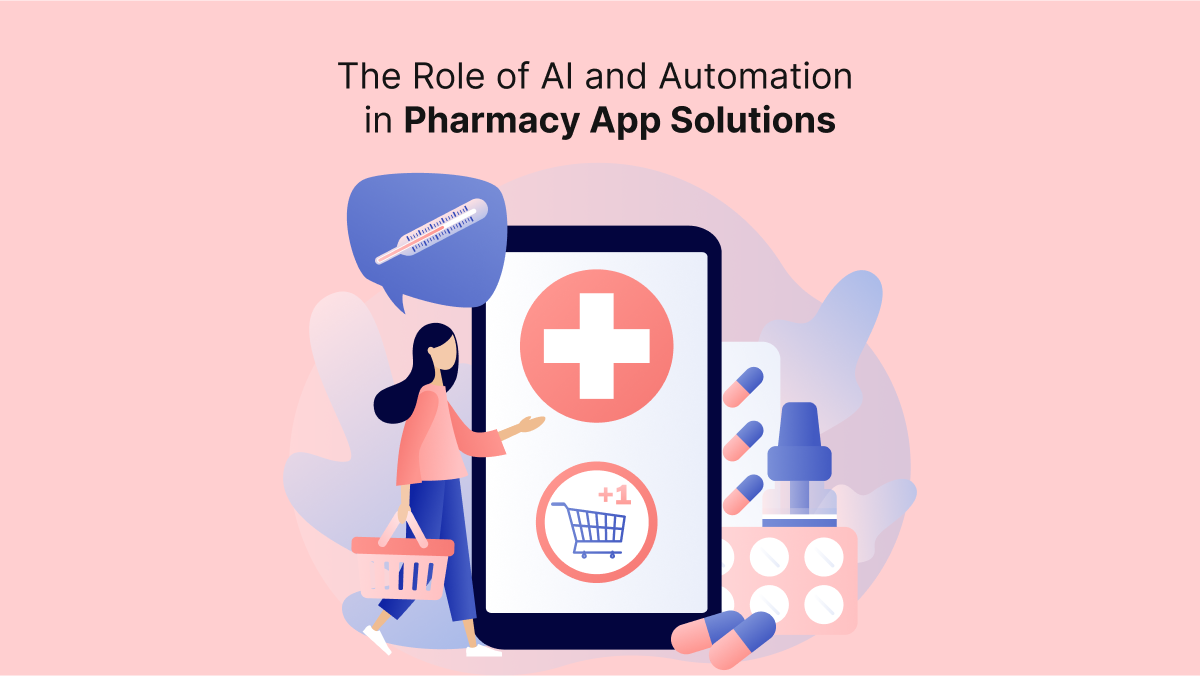
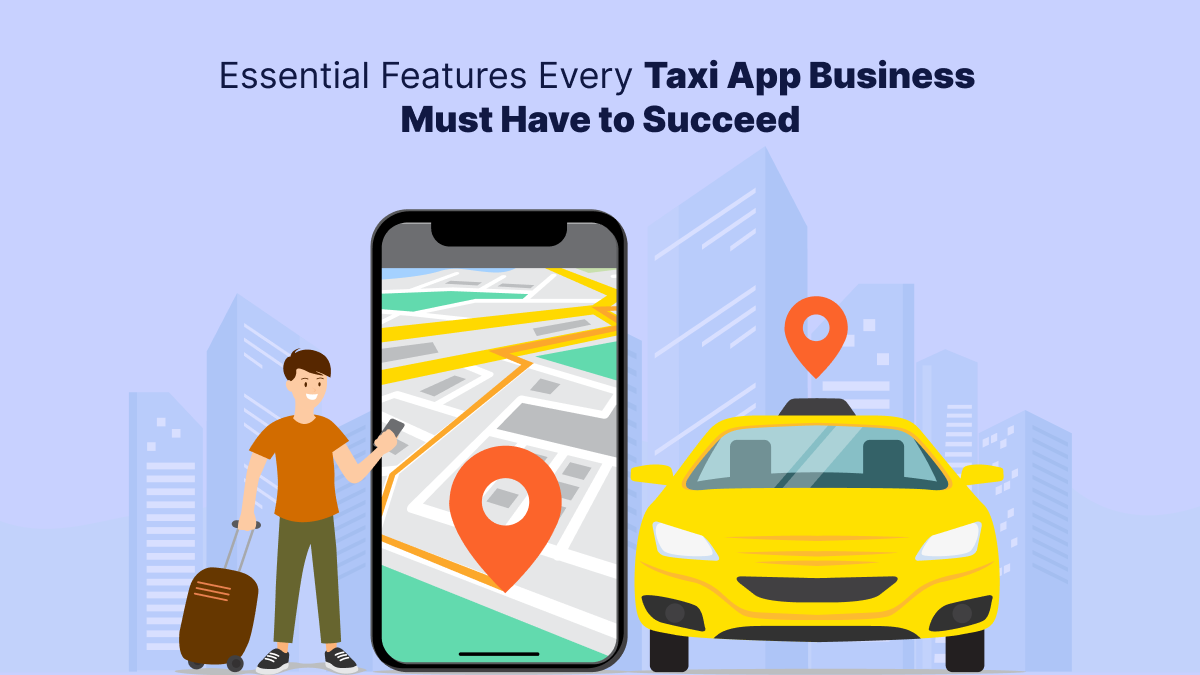




Write a comment ...